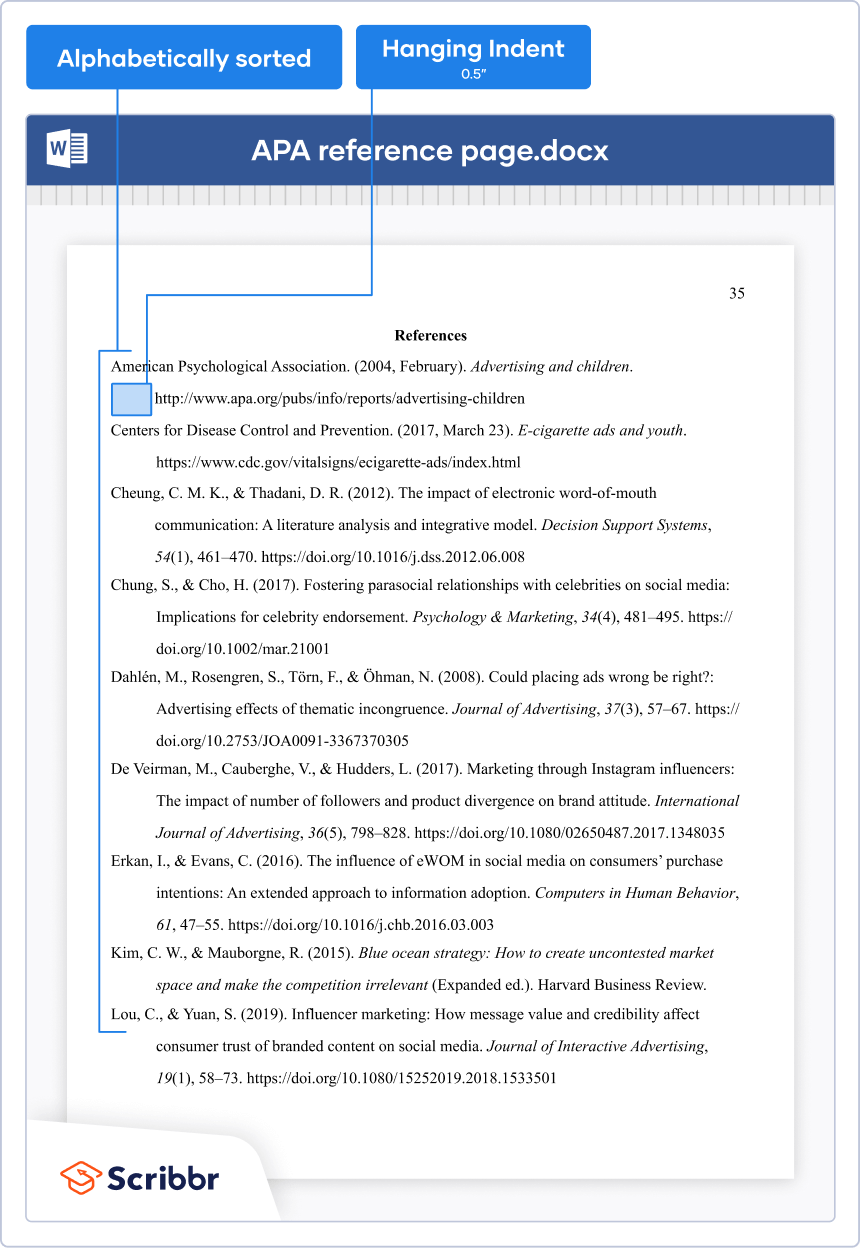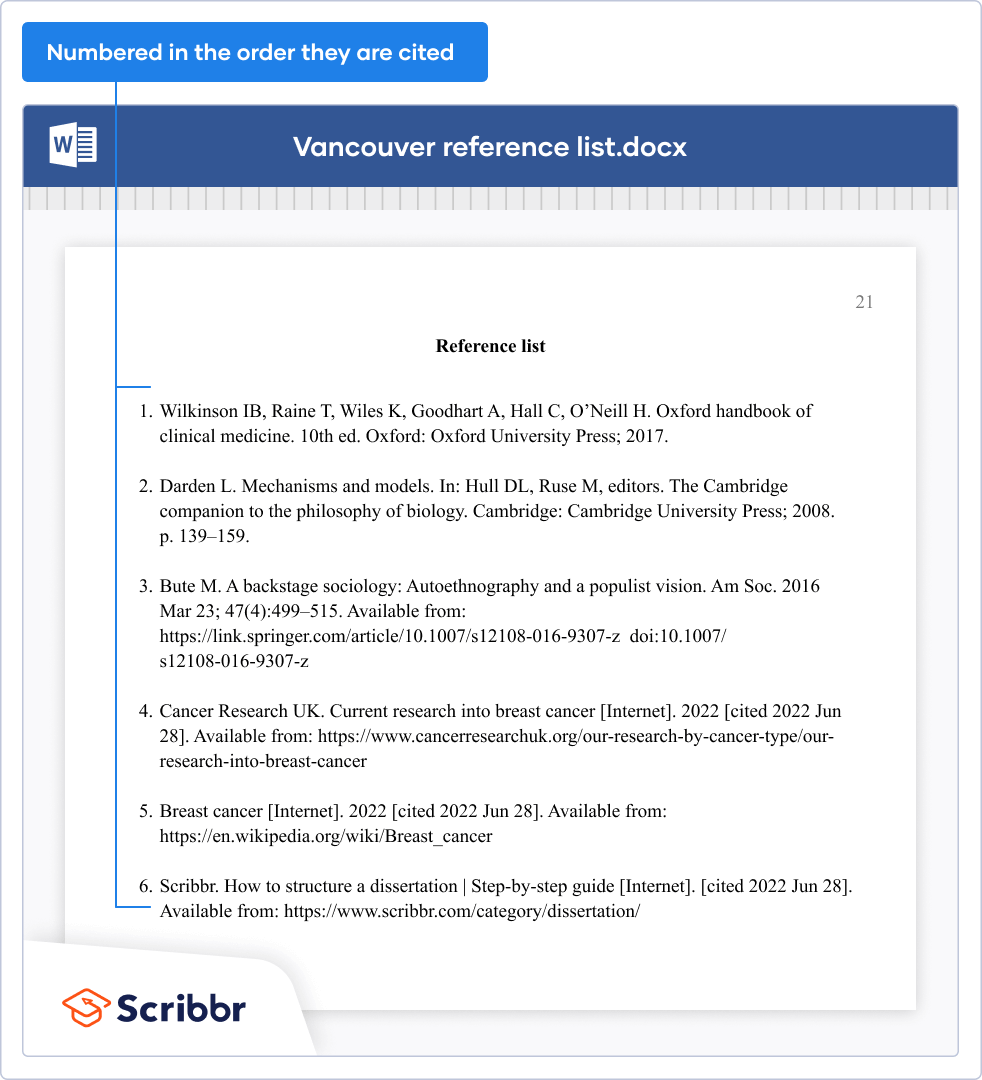How to Cite Sources | Citation Generator & Quick Guide
Citing your sources is essential in academic writing. Whenever you quote or paraphrase a source (such as a book, article, or webpage), you have to include a citation crediting the original author.
Failing to properly cite your sources counts as plagiarism, since you’re presenting someone else’s ideas as if they were your own.
The most commonly used citation styles are APA and MLA. The free Scribbr Citation Generator is the quickest way to cite sources in these styles. Simply enter the URL, DOI, or title, and we’ll generate an accurate, correctly formatted citation.
Generate accurate citations with Scribbr
When do you need to cite sources?
Citations are required in all types of academic texts. They are needed for several reasons:
- To avoid plagiarism by indicating when you’re taking information from another source
- To give proper credit to the author of that source
- To allow the reader to consult your sources for themselves
A citation is needed whenever you integrate a source into your writing. This usually means quoting or paraphrasing:
- To quote a source, copy a short piece of text word for word and put it inside quotation marks.
- To paraphrase a source, put the text into your own words. It’s important that the paraphrase is not too close to the original wording. You can use the paraphrasing tool if you don’t want to do this manually.
Citations are needed whether you quote or paraphrase, and whatever type of source you use. As well as citing scholarly sources like books and journal articles, don’t forget to include citations for any other sources you use for ideas, examples, or evidence. That includes websites, YouTube videos, and lectures.
Which citation style should you use?
Usually, your institution (or the journal you’re submitting to) will require you to follow a specific citation style, so check your guidelines or ask your instructor.
In some cases, you may have to choose a citation style for yourself. Make sure to pick one style and use it consistently:
- APA Style is widely used in the social sciences and beyond.
- MLA style is common in the humanities.
- Chicago style consists of two systems:
- Chicago notes and bibliography, common in the humanities
- Chicago author-date, used in the (social) sciences
- There are many other citation styles for different disciplines.
If in doubt, check with your instructor or read other papers from your field of study to see what style they follow.
In most styles, your citations consist of:
- Brief in-text citations at the relevant points in the text
- A reference list or bibliography containing full information on all the sources you’ve cited
In-text citations
In-text citations most commonly take the form of parenthetical citations featuring the last name of the source’s author and its year of publication (aka author-date citations).
An alternative to this type of in-text citation is the system used in numerical citation styles, where a number is inserted into the text, corresponding to an entry in a numbered reference list.
There are also note citation styles, where you place your citations in either footnotes or endnotes. Since they’re not embedded in the text itself, these citations can provide more detail and sometimes aren’t accompanied by a full reference list or bibliography.
| 1. Charles Darwin, On the Origin of Species (London: John Murray, 1859), 510. |
Reference lists and bibliographies
A reference list (aka “Bibliography” or “Works Cited,” depending on the style) is where you provide full information on each of the sources you’ve cited in the text. It appears at the end of your paper, usually with a hanging indent applied to each entry.
The information included in reference entries is broadly similar, whatever citation style you’re using. For each source, you’ll typically include the:
- Author name
- Title
- Publication date
- Container (e.g., the book an essay was published in, the journal an article appeared in)
- Publisher
- Location (e.g., a URL or DOI, or sometimes a physical location)
The exact information included varies depending on the source type and the citation style. The order in which the information appears, and how you format it (e.g., capitalization, use of italics) also varies.
Most commonly, the entries in your reference list are alphabetized by author name. This allows the reader to easily find the relevant entry based on the author name in your in-text citation.
In numerical citation styles, the entries in your reference list are numbered, usually based on the order in which you cite them. The reader finds the right entry based on the number that appears in the text.
Scribbr Citation Generator
Because each style has many small differences regarding things like italicization, capitalization, and punctuation, it can be difficult to get every detail right. Using a citation generator can save you a lot of time and effort.
Scribbr offers citation generators for both APA and MLA style. Both are quick, easy to use, and 100% free, with no ads and no registration required.
Just input a URL or DOI or add the source details manually, and the generator will automatically produce an in-text citation and reference entry in the correct format. You can save your reference list as you go and download it when you’re done, and even add annotations for an annotated bibliography.
Other useful citation tools
Once you’ve prepared your citations, you might still be unsure if they’re correct and if you’ve used them appropriately in your text. This is where Scribbr’s other citation tools and services may come in handy:
Plagiarism Checker
Plagiarism means passing off someone else’s words or ideas as your own. It’s a serious offense in academia. Universities use plagiarism checking software to scan your paper and identify any similarities to other texts.
When you’re dealing with a lot of sources, it’s easy to make mistakes that could constitute accidental plagiarism. For example, you might forget to add a citation after a quote, or paraphrase a source in a way that’s too close to the original text.
Using a plagiarism checker yourself before you submit your work can help you spot these mistakes before they get you in trouble. Based on the results, you can add any missing citations and rephrase your text where necessary.
Try out the Scribbr Plagiarism Checker for free, or check out our detailed comparison of the best plagiarism checkers available online.
Citation Checker
Scribbr’s Citation Checker is a unique AI-powered tool that automatically detects stylistic errors and inconsistencies in your in-text citations. It also suggests a correction for every mistake.
Currently available for APA Style, this is the fastest and easiest way to make sure you’ve formatted your citations correctly. You can try out the tool for free below.
Citation Editing
If you need extra help with your reference list, we also offer a more in-depth Citation Editing Service.
Our experts cross-check your in-text citations and reference entries, make sure you’ve included the correct information for each source, and improve the formatting of your reference page.
Citation examples and full guides
If you want to handle your citations yourself, Scribbr’s free Knowledge Base provides clear, accurate guidance on every aspect of citation. You can see citation examples for a variety of common source types below:
And you can check out our comprehensive guides to the most popular citation styles:
Frequently asked questions about citing sources
- When do I need to cite sources?
-
At college level, you must properly cite your sources in all essays, research papers, and other academic texts (except exams and in-class exercises).
Add a citation whenever you quote, paraphrase, or summarize information or ideas from a source. You should also give full source details in a bibliography or reference list at the end of your text.
The exact format of your citations depends on which citation style you are instructed to use. The most common styles are APA, MLA, and Chicago.
- When should I use “et al.” in citations?
-
The abbreviation “et al.” (Latin for “and others”) is used to shorten citations of sources with multiple authors.
“Et al.” is used in APA in-text citations of sources with 3+ authors, e.g. (Smith et al., 2019). It is not used in APA reference entries.
Use “et al.” for 3+ authors in MLA in-text citations and Works Cited entries.
Use “et al.” for 4+ authors in a Chicago in-text citation, and for 10+ authors in a Chicago bibliography entry.
- Which citation software does Scribbr use?
-
The Scribbr Citation Generator is developed using the open-source Citation Style Language (CSL) project and Frank Bennett’s citeproc-js. It’s the same technology used by dozens of other popular citation tools, including Mendeley and Zotero.
You can find all the citation styles and locales used in the Scribbr Citation Generator in our publicly accessible repository on Github.
- Who uses APA Style?
-
APA format is widely used by professionals, researchers, and students in the social and behavioral sciences, including fields like education, psychology, and business.
Be sure to check the guidelines of your university or the journal you want to be published in to double-check which style you should be using.
- Who uses MLA style?
-
MLA Style is the second most used citation style (after APA). It is mainly used by students and researchers in humanities fields such as literature, languages, and philosophy.

